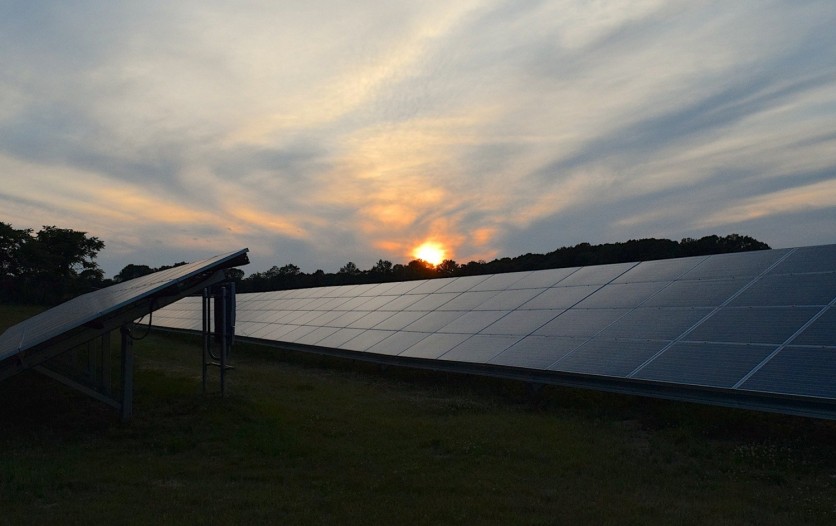
As beneficial as modern solar panel generation has been in our quest to switch to renewable energy, such panels cannot generate electricity at night. Now, new studies suggest it could be possible to layout panels that can function around the clock.
In a new paper published in the journal ACS Photonics, these uniquely designed photovoltaic cells may generate a quarter of the power they produce all through the day under the most favorable conditions at night.
Solar Panel to Capture Energy traveling from Earth to Outer Space
Traditional solar panels run by catching sunlight and transforming it into energy used for a variety of purposes. But how could such an item operate in reverse?
Researchers from the University of California, Davis, explain how they made an "anti-solar panel." This type of "solar" technology, as the name implies, works oppositely as a traditional solar panel.
Jeremy Munday, electrical and computer engineer from the University of California, Davis, said he and his team had been thinking if they took one in all those gadgets and put it in a sunny location and pointed it on the sky.
Munday explained that a normal sun cell generates electricity through absorbing sunlight, which reasons a voltage to seem throughout the device and for current to flow.
"Light is emitted in these new devices, and the current and voltage go in the opposite direction; however, you still generate energy," Munday said.
'Anti-Solar Panel' to Operate With the Help of Infrared Radiation
Different kinds of materials are needed to obtain this effect with infrared radiation for the regular solar panels, which tend to focus on visible light.
The next step is to determine out the mixture of materials and electronics that may produce an effective panel that could use the night time sky and area as a heat sink.
According to the researchers' calculations, solar farms should produce as much as 50 watts of strength per square meter (approximately 10 square feet) under perfect conditions. The setup would help boost energy production by 12% normal in open, arid environments where a few solar farms are already based.
Pointing such a night solar panel cell to the cold night sky is a way to harness this process with the help of radiative cooling that emits long-wave infrared radiation to absorb short-wave energy from the sun.
Businesses are Now Eyeing on 'Anti-Solar Panel' Technology
It's an idea that several groups are looking into. An experimental system set up by researchers from Stanford University also used the warmth imbalance among the night time-time sky and the Earth to generate energy from infrared radiation.
While there's a long way to visit well scale up this generation so that it is practically useful - Munday and his colleagues currently have had prototypes in development - that is probably a relatively inexpensive way to maintain sun cells running 24 hours a day.
Thermoradiative cells are already being examined in fields, including the manufacturing sector, in which they're used to convert waste heat, which includes the excessive temperatures generated with the aid of an engine.
"Deep space offers an exciting low-temperature thermal sink that can help offer electric energy at night and day through the smart use of photonics, optics, and materials science," conclude the researchers in their posted paper.
ⓒ 2025 TECHTIMES.com All rights reserved. Do not reproduce without permission.




